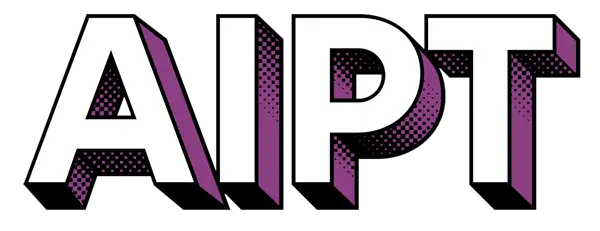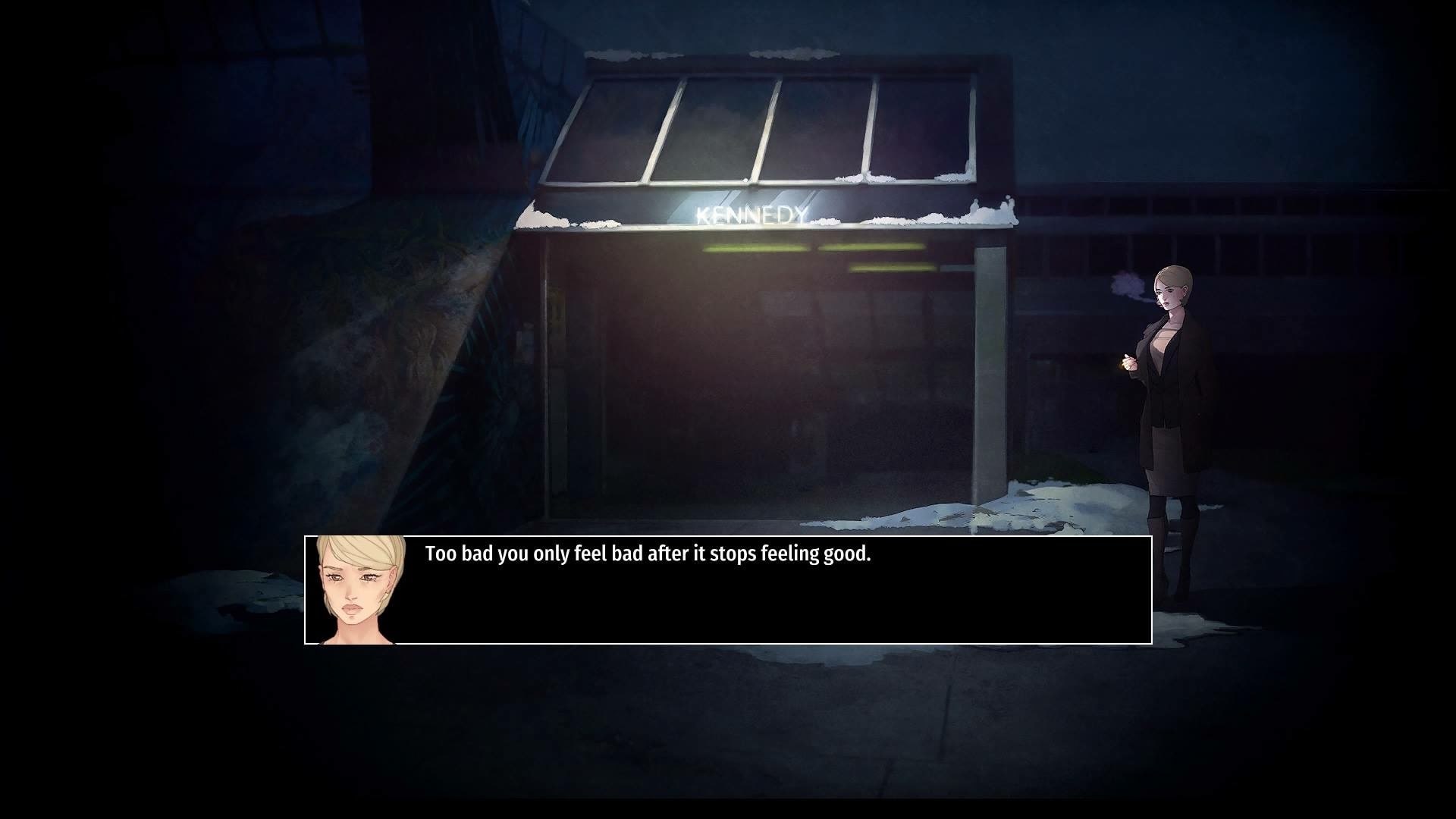We all know video games are an escape from the real world. The enjoyment of playing as a larger than life character who can do amazing things and not have to deal with the mundane details of life is one of the reasons they’re so popular. Little Red Lie does the opposite and deals with themes of money, family, truth, and self discovery. It is a unique game that tells a great story, but it is definitely not for everyone.

First and foremost, Little Red Lie is a story that is broken into chapters where the player takes control of one of two characters. These moments are short and require little more than walking up to a character or object and simply interacting, so there’s not any innovative gameplay. This game will be a turnoff to gamers looking for high quality graphics as they are a mix of pixel art and drawings that fill the entire screen and at times there is nothing but text.
However, Little Red Lie excels in its story and the graphics assist its impact. The full screen scenes are beautifully drawn and add depth. Since they are not done often, there is an added sense of gravity when they do appear. Best of all, they do not overpower the story. The drawings enhance the emotions players are already feeling and the scenes are never window dressing and are expertly used. Chapter titles will pop up with each new section and objectives are emblazoned across the screen once the player is given control. The graphics may seem simple, but the screen is constantly alive.

The game’s writing is incredible. The true beauty of Will O’Neill’s game is the wide range of emotions it will make you feel. Sometimes the writing is subtle and gives the player time to contemplate what is happening. Other times, the game is blunt and leaves nothing to the imagination. Anger, fear, pity, and disgust play out over the course of the story, sometimes in the same scene. Lies are highlighted in red and provide insight into the two protagonists. The characters actions tell us a little about them, but what they say and think tells us everything we need to know about their fears and motivations. The game also has a very interesting way of giving the illusion of choice through an inner monologue that seems to highlight life’s seeming hopelessness. This clever decision provides an added dimension to the characters and story while also showcasing the writing.
Surprisingly, the game’s biggest fault also lies within this excellent writing. The exposition and storytelling are great, but there are multiple sections that will have lengthy screens of text before giving the player control with no clue what to do next. Instead of being caught up in an engaging story, you find yourself directing your character to the same interactive objects repeatedly. This is a surprising omission in a game where writing is such a heavy focus.

Little Red Lie is a superb game, with many caveats. Gameplay is virtually non-existent and it is incredibly text heavy. The game is also not what I’d call, “fun.” It is a heavy game that will force you to think, and will possibly help some players discover something about themselves. For those who are willing to step outside of their comfort zone or anyone who is looking for a well told story, Little Red Lie is a must play.
Join the AIPT Patreon
Want to take our relationship to the next level? Become a patron today to gain access to exclusive perks, such as:
- ❌ Remove all ads on the website
- 💬 Join our Discord community, where we chat about the latest news and releases from everything we cover on AIPT
- 📗 Access to our monthly book club
- 📦 Get a physical trade paperback shipped to you every month
- 💥 And more!














You must be logged in to post a comment.